In Sept. 2022, the U.S. Department of Agriculture (USDA) announced a first round of up to $2.8 billion in funding for a new program entitled Partnerships for Climate-Smart Commodities (PCSC). With the government aiming to reduce climate-related emissions in other sectors (like energy and transportation), this program is intended to zero in on similar opportunities in agriculture. USDA originally planned to spend $1 billion of taxpayer dollars on climate-smart projects but opted to raise the funding level to $3.0 billion after reviewing program applications in early 2022.
Funding for the new program will flow from USDA’s Commodity Credit Corporation (CCC). The CCC is a government accounting vehicle normally used to cut and track checks for most farm income subsidy, conservation, and foreign aid programs Congress authorizes in the farm bill. Under the 1948 charter that created this “independent” corporation, however, the Secretary of Agriculture has broad authority to create programs aimed at increasing domestic consumption, removing “surplus” commodities, assisting in production and marketing, aiding in exports, purchasing crops for federal programs, and supporting prices through loans, purchases, payments, and other operations. It’s these broad authorities Secretary Vilsack is using to implement the PCSC. In other words, Congress didn’t create the program or provide specific funding for what will be the single largest USDA conservation-related program managed by USDA in Fiscal Year 2023. Rather, the soon-to-be $3.0 billion in climate-smart projects was authorized unilaterally by USDA Secretary Vilsack.
According to USDA, the new Partnerships for Climate-Smart Commodities program will:
“provide grants to partners to implement large-scale pilot projects that create market opportunities for commodities produced using agricultural (farming, ranching, or forestry) climate-smart practices that reduce greenhouse gas emissions or sequester carbon.”
USDA plans to announce additional grants, ranging in size from $250,000 to $5 million, later this year through a second funding pool, targeted toward minority serving institutions and small and underserved producers. Grant recipients in both pools are “required to include plans to (1) quantify greenhouse gas (GHG) benefits and (2) monitor/verify those benefits over time,” with data on the 1- to 5-year projects reported publicly.
Given the infancy of soil carbon measurement and GHG emission reporting in agriculture, USDA has its work cut out for itself to synthesize data from these 70 projects, and however many future projects are funded, as they will utilize different tools for measuring, verifying, and reporting climate outcomes. These efforts will be key, however, to assessing the outcomes of the program for everyone from farmers to taxpayers.
There is a lot we still don’t know about the details for the projects in the Partnerships for Climate-Smart Commodities program. USDA’s announcement thus far includes only summary information. Finding details on which GHG measurement tools will be used, specific project goals, transparency measures, and even which projects didn’t get funded, will require additional digging.
Below is a summary of what we know so far:
Question #1:
Where are taxpayer dollars going? There’s not a specific cut and dried answer. Many of the taxpayer-funded projects state they will operate in several different states, on various Tribal lands, and even in Puerto Rico and other territories. Three projects will operate nationwide. From the USDA-provided summary document, it’s not possible to tell what portion of a project’s funds are expected to go where. Table 1 lists the states/regions mentioned most frequently as “Primary States Expected” to participate in a project. Every state, and the District of Columbia, were included as an expected beneficiary of at least one project. Every state except Alaska, that is, though the USDA website includes Alaska as participating in a Nationwide project.
Table 1: States Most Frequently Mentioned in USDA Climate-Smart Projects (includes Tribes, Territories, etc.) |
|
|---|---|
| State/Region/Etc. | Number of Projects |
| MO | 22 |
| TX | 19 |
| CA | 18 |
| AR | 17 |
| IN | 17 |
| KS | 17 |
| MN | 17 |
| TN | 17 |
| PA | 16 |
| SD | 16 |
| Tribal Lands, Tribes | 16 |
| GA | 15 |
| IA | 15 |
| NC | 15 |
| NE | 15 |
| NY | 15 |
Question #2:
Which commodities are associated with the largest number of taxpayer-funded projects? See Table 2 for an answer. Given the states mentioned above, it makes sense that beef, corn, dairy, specialty crops (like fruits and vegetables), and soybeans rise to the top of the list given the commodities below are produced in those states. Other commodities receiving climate-smart funding include crops that benefit from existing farm bill subsidy programs, such as wheat, rice, and cotton. Rounding out the bottom of the list is everything from aquaculture and breadfruit to sheep and plantains. And yes, we had to Google “breadfruit.”
Again, please note that these tables do not quantify which states or crops will receive the largest pots of taxpayer funding, given most projects involve multiple states and various crops/commodities. Further digging into the details of the projects and their payment structures will be necessary to understand the distribution of payments in the various projects.
Table 2: Crops/Commodities Involved in USDA Climate-Smart Projects |
|
|---|---|
| Commodity | Number of Projects |
| Beef | 24 |
| Corn | 21 |
| Dairy | 17 |
| Specialty crops, leafy greens, or fruits & vegetables | 17 |
| Soybeans | 16 |
| Wheat | 16 |
| Rice | 10 |
| Forest products or timber & lumber | 10 |
| Grass, alfalfa or forage | 9 |
| Cotton | 8 |
| Pork | 7 |
| Sorghum | 6 |
| Hemp | 5 |
| Sugarbeets or sugar | 5 |
Final Question #3:
Which groups, organizations, universities, government agencies, and companies are associated with the projects funded by USDA’s Partnerships for Climate-Smart Commodities? The list includes well-known companies like Microsoft, Campbell Soup, John Deere, and Hershey, plus state Farm Bureaus, farm commodity organizations, and more. Some groups and initiatives are new, while others have already been operating for several years, like Field to Market.
Examples of taxpayer-funded projects (with certain project descriptions providing more detail than others) include the following:
- ADM and Partners’ Climate-Smart Solutions (up to $90 million): “This project will utilize incentive payments to thousands of producers across 15 states to adopt and implement climate-smart agriculture (CSA) practices and markets.”
- Lead partner: Archer-Daniels-Midland Company
- Other major partners: ARTCO (wholly owned ADM subsidiary), Costco, DKY, EarthOptics, Farmers Business Network, Field to Market, Flint River Soil and Water Conservation District, Food Works Group, Iowa State University, Purdue University, University of Nebraska-Lincoln, Keurig-Dr. Pepper, MidAmerica Biofuels (ADM Joint Venture), National Black Growers Council, Practical Farmers of Iowa
- Major Commodities: Corn, Soybeans, Wheat, Peanuts, Sorghum, Flax, Hemp, Canola, Edible Beans, Pulse Crops
- Midwest Climate-Smart Commodity Program (up to $95 million): “This project will build markets and provide funding to farmers [across 12 states] via outcome-based contracts for the reduction and removal of carbon dioxide through the adoption of new climate-smart practices. The remaining project funding will support farmer enrollment assistance, carbon quantification, technical assistance support, measurement, reporting and verification, and underserved farmer outreach and enrollment.”
- Lead Partner: Iowa Soybean Association
- Other Major Partners: ReHarvest Partners, PepsiCo, Cargill, Renewable Energy Group, Ingredion, Target, JBS, Coca-Cola, Mano y Ola, FarmRaise, Rural Community Assistance Partnership
- Major Commodities: Corn, Soybeans, Wheat
So, there you have it. As we dig in more and USDA releases additional info, we’ll have more to say, so please stay tuned.

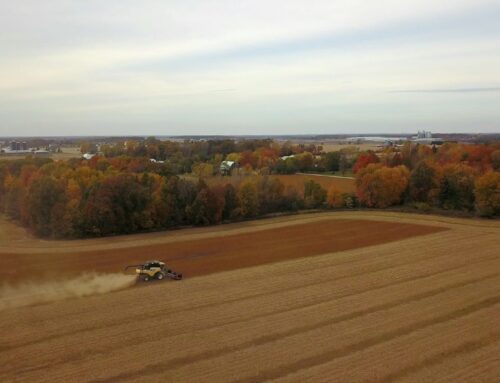
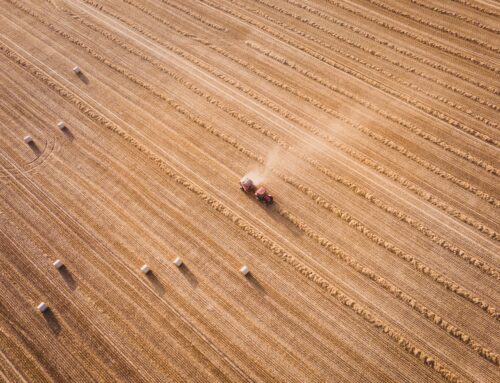

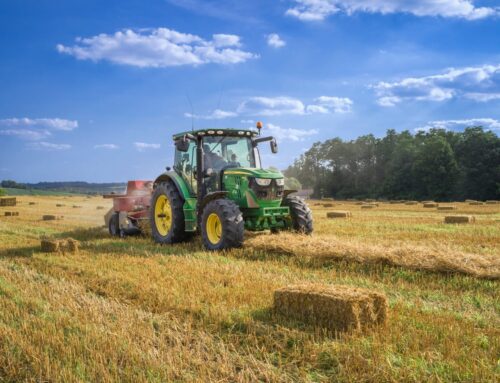

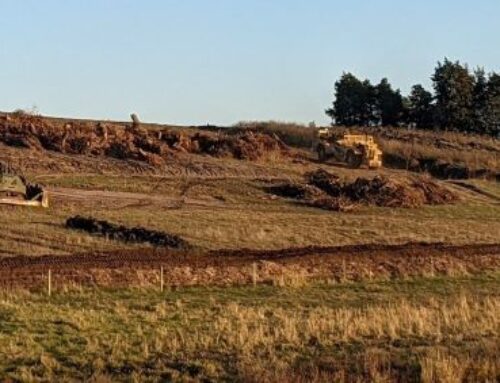

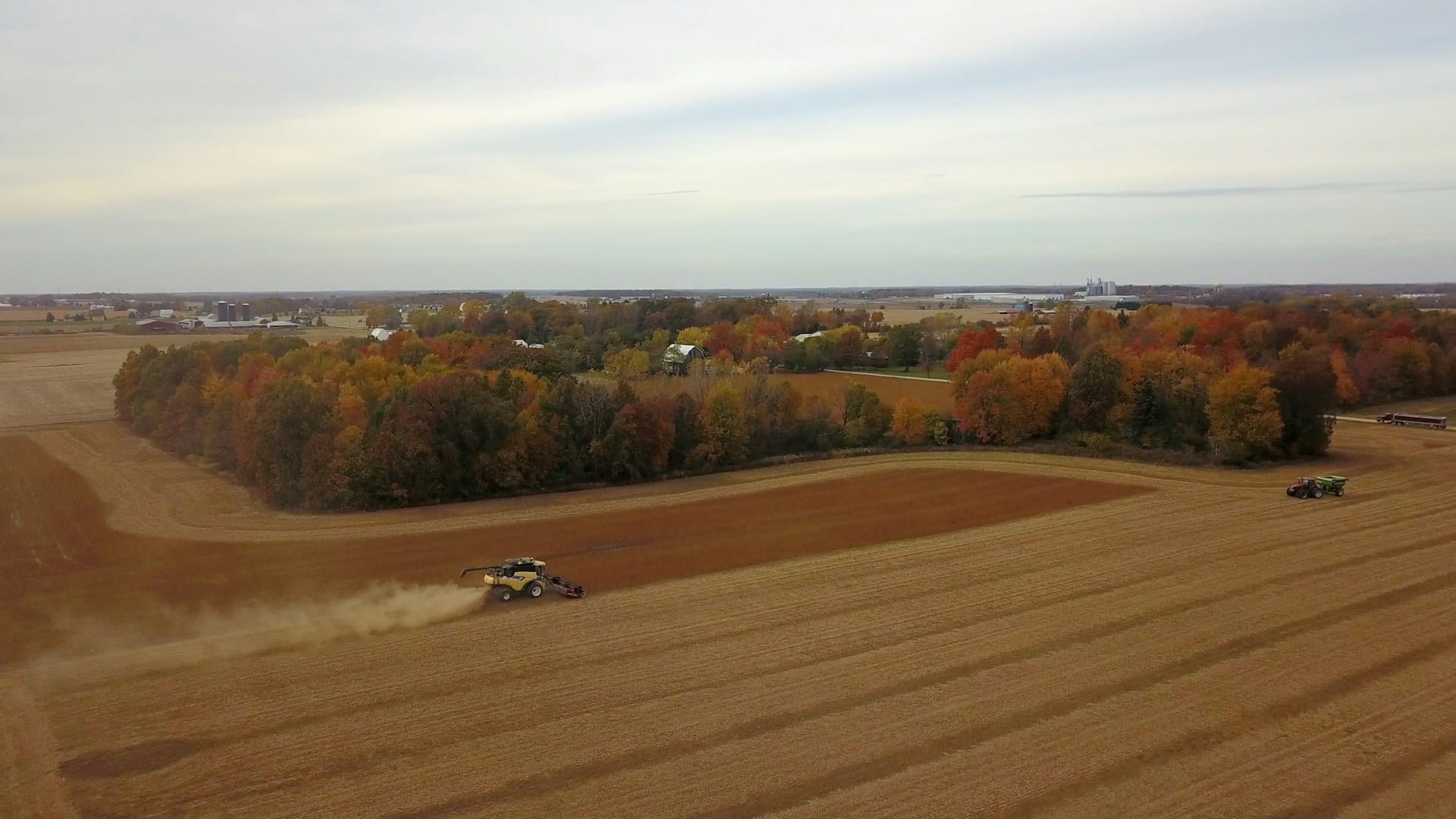

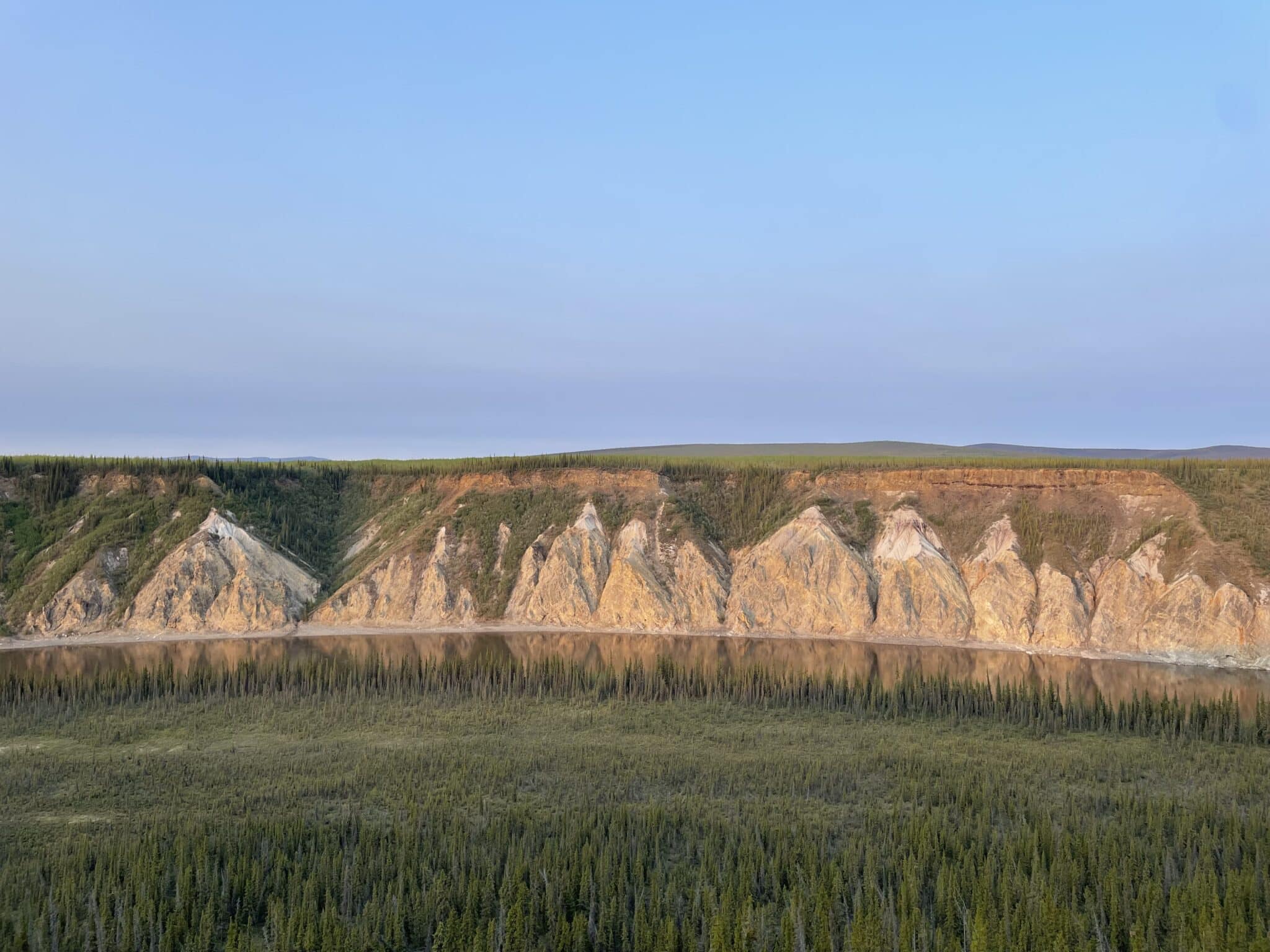
Get Social